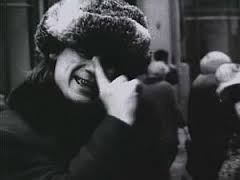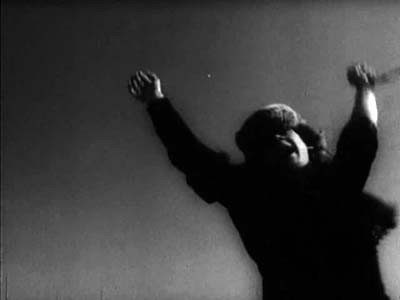The complicated relationships of experimental filmmakers in the former Eastern Europe to their states’ censors are discussed throughout this web feature. One can find them in the texts about numerous Yugoslav filmmakers (including Dušan Makavejev, Želimir Žilnik, Vlatko Gilić, and Karpo Godina), all of whom faced restrictions on their creative freedom in the early 1970s during a backlash against the Black Wave’s experiments in the more freewheeling late 1960s. Similarly, texts about the Béla Balázs Studio in Hungary, Ion Grigorescu in Romania, and Thomas Werner and Jürgen Böttcher in East Germany discuss how censorship powerfully shaped the form, content, and fate of experimental filmmaking within the broader culture.
In addition to overt censorship, self-censorship became a concern in the era of “real socialism.” The biography of the Czech filmmaker Petr Skala is an extreme example of a common story among Eastern European artists who chose to do the work they most cared about in privacy (and, consequently, obscurity) to avoid both direct official censorship and the self-censorship that publicly visible cultural workers had to practice. As David Crowley has noted, the anxiety over self-censorship “troubled many Eastern European intellectuals, particularly those who lived in relatively liberal regimes. In the 1970s Hungary, Poland and, above all, non-aligned Yugoslavia . . . allowed greater freedom of expression than other states including Czechoslovakia and the Soviet Union. Moreover, privileges and opportunities bound artists and writers closer to the interest of the state. . . . In these conditions, state censorship was often replaced by self-censorship as artists and writers avoided explicit critique of power."[1]


